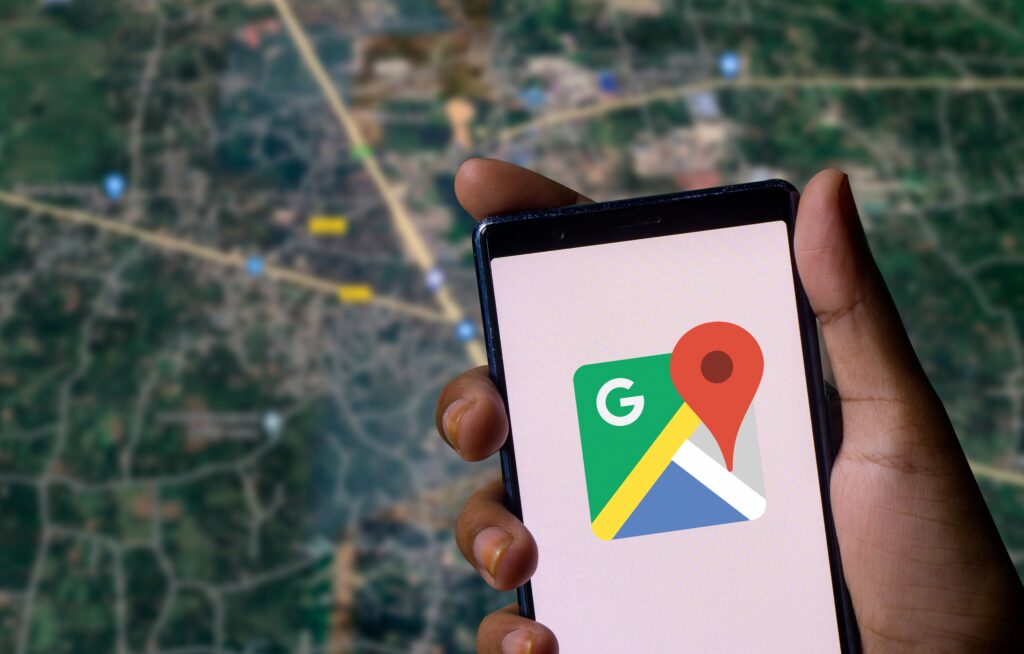Millions of travelers across Germany and neighboring countries faced major disruptions on Thursday after incorrect road closure alerts appeared on Google Maps. Just as people set out for the Ascension Day holiday, the app falsely marked several key highways as closed. The problem affected major cities such as Frankfurt, Hamburg, and Berlin, along with many regional routes across western, northern, and central Germany. Parts of Belgium and the Netherlands also showed similar false alerts.
The sudden and widespread road closure icons created confusion and panic. Many drivers, trusting the app, took detours onto smaller roads. These alternative routes quickly became packed, leading to long traffic jams and delays. Police departments and road authorities were flooded with phone calls from worried travelers looking for answers. The situation caused frustration for families, commuters, and tourists traveling for the long weekend.
While Google Maps showed red stop symbols across many parts of the country, other navigation tools like Apple Maps and Waze displayed no such closures. Radio traffic updates also reported normal highway conditions. This contradiction added to the confusion. Social media platforms lit up with posts from puzzled users. One driver asked, “How can they shut down all highways at once?” Another joked, “The autobahn looks like it has digital chickenpox.”
Some users worried the situation might be the result of a cyberattack or a more serious event. The scale of the false closures raised concerns about the reliability of navigation apps during critical travel periods.
A spokesperson for Google responded by saying the company had begun removing the incorrect roadblocks as soon as the issue was reported. The representative explained that Google Maps gathers data from many sources, including third-party providers, public information from transportation agencies, and reports submitted by users themselves. While these sources are usually accurate, the spokesperson noted that the system is not perfect and delays can occur in updating or correcting data.
Google did not give a specific reason for what caused the error, and the company is still investigating. The spokesperson declined to comment on whether it may have been the result of a cyberattack or technical fault. They emphasized that the app is designed to refresh its map data constantly, but the timing and accuracy depend on the information received.
The incident affected holiday travel for thousands of people and raised questions about the growing dependence on digital maps. Experts suggest that while navigation apps are useful, travelers should cross-check information with other services, especially during busy periods or when alerts seem unusual.
Local traffic services also encouraged people to return to using traditional sources like radio updates, highway message signs, and official road agency websites for confirmation. In this case, these methods proved to be more reliable than digital alternatives.
Germany’s Ministry of Transport has not released an official statement about the issue, but several regional police departments posted updates online to reassure drivers that no major highway closures were in place. Traffic gradually returned to normal in many areas by late afternoon after Google removed most of the false alerts.
The error serves as a reminder of how even small digital mistakes can create large-scale problems, especially when millions of people rely on technology to guide their daily lives. With holiday travel always pushing the limits of infrastructure, accurate information is more important than ever.
